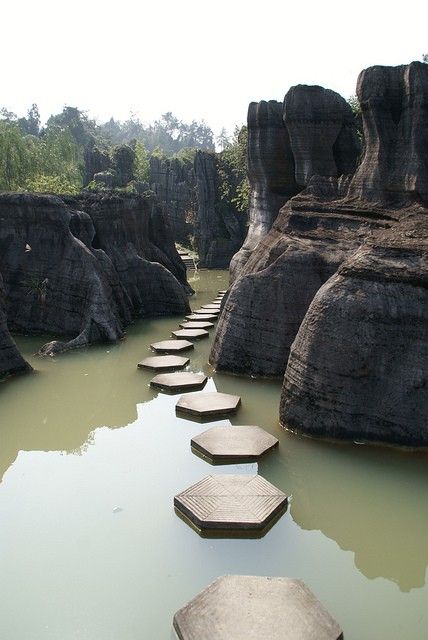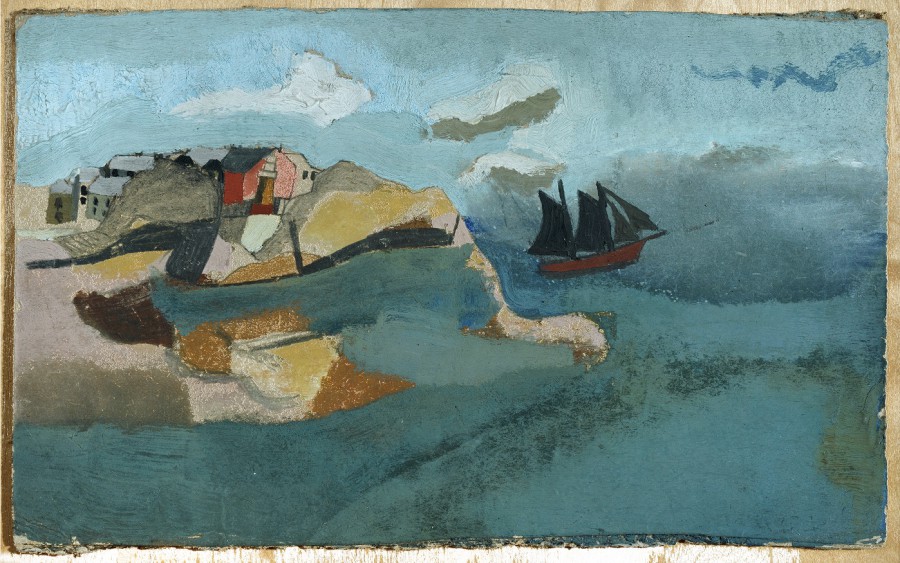Dear Integral Meditators,
If you look at the martial arts scene these days you will see that a lot of the top guys are mixed martial artists, that is to say that they have trained in and mastered more than one form of martial arts, and this has made them better overall. Similarly training in complementary meditation and mindfulness styles can have a great effect upon your personal growth, more than training in just one.
With this in mind I have edited and updated an older article below on how to meditate with animals and landscape. It is a very old form of meditation that people have been doing for thousands of years, and has a lot to offer us in today’s very urbanized society!
Similarly I would like to sincerely recommend that if you are in Singapore next Sunday 31st September in the morning, then do consider coming along to my meditation workshop “The Call of the Wild–Meditations for Deepening Your Inner Connection to the Animal Kingdom and the Green-world” where I will be teaching this meditation method in a very practical and relatively easy to apply way.
Finally, another practice that I have gotten a HUGE amount out of over the last year, and that continues to be a great support and strengthener for my mindfulness practice and personal growth in general is the brain-entrainment and bio-field technology tracks fromI-Awake. They have got a new product, Neuroflow out just a few days ago, which I am posting some information on immediately below. As it has only just come out, I have only had it a few days myself, but I have already had a great experience with it!
Yours in the spirit of mixing and flowing,
Toby
 Meditating with Animals and Starlight – Shamanic Journeying
Meditating with Animals and Starlight – Shamanic Journeying
Meditating with animals and animal spirits is one of the main practices found in ancient shamanic traditions worldwide. The ancient shamans were really the pioneers of the first meditation techniques and these techniques (which are mainly the technique of “inner world journeying”) are deeply embedded within the psyche of human beings, including you and me. The result of this is that most people who actually try shamanic meditation techniques actually find that they are able to gain some success quite quickly. Michael Harner, one of the pioneers of modern proto-shamanism reports that fully 85% of people participating in his shamanic journeying workshops are able to gain tangible results and experiences from their first attempts at journeying meditation (The only caveat to that would be that these people chose to attend the workshop, so in a sense they may have ‘self-selected based upon their innate aptitude and interest).
As mentioned above, the main meditation “technique” found in shamanism is the “inner world journey” where contact with animal and ancestral spirits is sought for the purposes of gaining guidance, wisdom and healing. When meditating with animals and animal guides the sequence of the meditations would tend to go something like this:
- The shaman (or you and I if we are choosing to meditate in this way) goes on a journey, either within his imagination, or actually physically into a landscape to meet his or her animal guide.
- Once the specific animal has been contacted, the shaman requests to be taught or shown the wisdom or healing method that the animal has to impart to him. There then follows a communion between human and animal, trust is hopefully gained and the relationship proceeds. It should be noted that the animal chooses the shaman, not vice-versa. If you are met by an ant or a rat when you wanted a lion you cannot do a trade in! Experience will show you that in reality the animal that comes is invariably the best one for you and for the job at hand!
- A series of meditations can then be embarked upon where the mediator then goes on journeys and receives teachings, techniques and insights from the animal. Initially the meditator travels WITH the animal, but over time s/he may feel as if he is merging with the animal’s body and actually BECOMING the animal for periods of time.
- Over time a stable working relationship is established with the animal spirit which is mutually enriching for both parties, and the wisdom and abilities of the animal are imparted to the meditator.
What “abilities” and wisdom do you get from an animal guide?
The way in which animal guides impart wisdom is non-intellectual, experiential and mainly done through images. To take an example, if your guide is a spider, and in meditation you experience what it is like to have eight sensitive legs picking up information from all directions around you then this will give you a heightened awareness of your inner sense of touch which you can apply to appropriate life situations and challenges.
Starlight meditation with a pigeon
One animal that I developed a relationship with around the the beginning of 2010 for a period of months is the pink necked green pigeon a number of which used to hang out in the park near my office. My animal journeying-type meditations are mostly spontaneous these days, done whilst napping or just sitting having a quiet moment. Animal journeying really just becomes an integral part of life once you have been doing it a while. So anyway, here a journey that I experienced with the above mentioned green pigeon that I recorded at the time :
I am having a ten minute meditation break in my office. My mind becomes quiet and tranquil. Quite suddenly I feel myself to be sitting in the next door park, staring up at a tree, where the green pigeon is sitting looking at me. After an initial contact we fly up into the sky going high above the cloudline.
With the clouds below us and the blue sky above, I become aware of rays of starlight flowing down from the heavens, bathing our bodies in white light. The rest of the meditation is then spent simply enjoying the starlight, absorbing it and being it. We then fly back down to the park, the vision breaks apart and I am sitting in my office meditating. I say thankyou to the green pigeon and get on with my day!
For many people the idea of meditating in this way may seem a bit far-fetched.
However there is HUGE value for urbanized humans to do this type of meditation, as it re-connects us to a truly living relationship with nature and animals. The other thing that we discover is that it is actually quite not difficult, it is just a matter of re-awakening our visualization and imaginative skills, and pointing them in the right direction.
© Toby Ouvry 2014, you are welcome to use or share this article, but please cite Toby as the source and include reference to his website www.tobyouvry.com
 Mindfully Integrating the Animal and Instinctive Self
Mindfully Integrating the Animal and Instinctive Self










